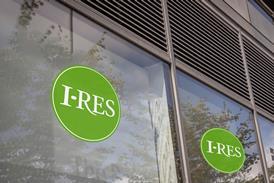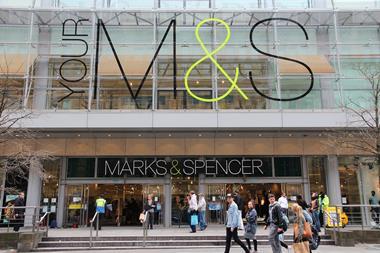Contrary to the media hype signalling doom and gloom for retail, the resilience of the UK consumer has been surprising.

But while consumer confidence would historically be good news for traditional retailers, the impact of ecommerce and significant changes in the logistics sector mean there is no longer a straightforward correlation.
The UK retail sector has undergone a seismic shift in recent years and traditional retailers have had to respond or risk becoming another casualty of change.
Consumers now prioritise convenience, variety and experiences. Traditional retailing needs to reflect these needs. As an owner of real estate, we have the opportunity to reimagine our retail assets and future-proof them. Assets need modernising and reinvestment.
The way consumers are spending is changing. Convenience and experience must sit side by side. In practice, we can rise to this challenge by offering click & collect alongside traditional retailing. This makes investment in last-mile delivery essential. Well-positioned logistics assets have become a critical part of the retail supply chain, especially in London. Demand currently far outstrips supply.
Owners have now got to focus on retail assets capable of continuing to meet customer demand and make sure these assets are optimised. The quality of catchment and dominance in the area matter more than ever. The winning assets will be those that have had fresh investment, in some cases to deliver innovation.
Creating a retail destination
We have seen this at the Lexicon in Bracknell. The Lexicon is now considered a destination – tech is embedded in the buildings, the environment is appealing and there is a beautiful public realm. The longevity of its success will depend on continued investment from owner and occupier reviewing consumer trends and providing the flexibility this evolving landscape requires.
It is important to consider multi-use assets – where retail can complement existing uses and adapt to future requirements. By looking at the regeneration of a location as a whole, we can establish whether there is scope for investment in a breadth of uses such as social infrastructure, for example. Where other investment is taking place, this can help identify where there might be a lack of retail provision and it may be possible to create a ready-made catchment.
![]()
The role of the managing agent must also be reinvented. They need to understand an occupier’s footfall figures and analyse consumer patterns to stay on the front foot. And owners need a deep understanding of their occupiers’ changing business models and different consumer demands. Building partnerships, for instance with councils, is an essential part of this. If a council feels invested in a new retail destination it is more likely to help invest in the improvement of the public realm, which will generate footfall.
Understanding occupiers will enable businesses to operate successfully. This is achieved through dialogue focused on enhancing commercial performance through smart technology and working with occupiers to protect retail assets. Retailers have had to alter their business models, which means they may need to adapt how they use their space. Flexibility is key and owners need to work with occupiers to find the best solution.
The retail sector is certainly challenged, but we can embrace the opportunity to innovate, collaborate and stay flexible. The winners will be those who are adaptive and continue to reimagine retail and are future-proofing assets hand in hand with occupiers to create successful and long-lasting destinations.



























![Metrocentre 01[22]](https://d2bq2usf2vwncx.cloudfront.net/Pictures/380x253/4/6/5/1885465_metrocentre0122_225193.jpg)




No comments yet